calsfoundation@cals.org
Elm Springs (Washington and Benton Counties)
| Latitude and Longitude: | 36º12’22″N 094º14’04″W |
| Elevation: | 1,184 feet |
| Area: | 5.95 square miles (2020 Census) |
| Population: | 2,361 (2020 Census) |
| Incorporation Date: | May 23, 1917 |
Historical Population as per the U.S. Census:
|
1810 |
1820 |
1830 |
1840 |
1850 |
1860 |
1870 |
1880 |
1890 |
1900 |
|
– |
– |
– |
– |
– |
– |
– |
– |
– |
– |
|
1910 |
1920 |
1930 |
1940 |
1950 |
1960 |
1970 |
1980 |
1990 |
2000 |
|
– |
– |
182 |
156 |
217 |
238 |
260 |
781 |
893 |
1,044 |
|
2010 |
2020 |
|
|
|
|
|
|
|
|
|
1,535 |
2,361 |
|
|
|
|
|
|
|
The city of Elm Springs straddles the county line of Washington and Benton counties. At one time, it was one of the principal cities of Washington County, but more recently it has been overshadowed by the growth of its neighbor, Springdale (Washington County). Recent efforts to revitalize the community have featured businesses specializing in home decorations and furniture restoration.
A grove of large elm trees and natural springs strong enough to power a mill inspired the name Elm Springs. Thomas McClain (or McLain) is said to have homesteaded in the area as early as 1831, but his name does not appear on land records. The earliest documented land owners include John Ingram, John Hamilton, William Barrington, and Jacob Pearson. The Elm Springs Methodist Episcopal Church was organized in 1832. Ingram built a mill powered by the natural springs in 1844, one of the first water-powered mills built in northern Washington County. Barrington opened the first store in the settlement and also suggested the city’s name. A post office called Elm Spring opened in 1848 but was only open three months. In 1850, the Elm Springs post office opened at the same location. Jesse McAllister organized an academy for boys in Elm Springs in 1849, and his wife, Sarah, led an academy for girls at the same time. The two schools were said to have had a combined attendance of more than 100 students, many traveling from the Indian Territory (now the state of Oklahoma) to attend. An epidemic closed the schools, and the McAllisters relocated by 1860 to Tulip (Dallas County). A blacksmith shop was opened in Elm Springs in 1852, and the growing city was a regular stagecoach stop by 1854. A Masonic lodge was also begun in Elm Springs before 1860. This historic section of Elm Springs Cemetery dates to this time and is listed on the National Register of Historic Places.
During the Civil War, Elm Springs became a training ground for Confederate soldiers. About 4,000 men were training there by August 1862. Many of them later fought at Cane Hill (Washington County) that November and at Prairie Grove (Washington County) in December. After the Battle of Prairie Grove, Federal forces were in control of the area, and they destroyed the mill that was the center of the economy of Elm Springs. There were also skirmishes near Elm Springs in 1864. However, Colonel Marcus Larue Harrison, stationed in Fayetteville (Washington County), established a post colony at Elm Springs that same year, which began to restore the vitality of the city.
After the Civil War, Elm Springs could boast of several stores, two blacksmiths, three lawyers, three physicians, and a marble-producing quarry. The Elm Springs Academy reopened. Restaurants, a theater, a canning factory, and a hatchery were added in the twentieth century. A new academy for boys and girls opened in 1887. A branch railroad was built from Siloam Springs (Benton County) to Elm Springs in 1914, connecting the city to the Kansas City Southern line. This railroad was unprofitable and ceased service in 1918. The Elm Springs State Bank was established in 1915, but it failed, due to the Great Depression, in 1931.
The Elm Springs school system acquired the private academy of Elm Springs early in the twentieth century, but Elm Springs schools were consolidated into the Springdale School District in 1946. The school buildings in Elm Springs continued to be used until the 1970s. In 1952, the Arkansas Game and Fish Commission completed construction of an earthen dam on Brush Creek, resulting in the formation of Lake Elmdale south of Elm Springs. The 125-acre lake is known for its fishing and other recreational activities.
Many growing industries in nearby Springdale provide jobs for the citizens of Elm Springs, including the poultry industry and the trucking industry. Willis Shaw Logistics, which was purchased by Comcar Industries (headquartered in Florida), ships frozen and refrigerated food throughout the forty-eight contiguous states. Elm Springs is home to Methodist, Baptist, and Assembly of God churches. Its historic downtown area features shops for home decorating and furniture refurbishing. Interstate 49, which runs from Fort Smith (Sebastian County) to Bentonville (Benton County), lies just to the east of the city.
For additional information:
City of Elm Springs, Arkansas. http://www.elmsprings.net (accessed May 28, 2022).
Deaver, D. D. “Some Notes about Early Elm Springs.” Flashback 11 (August 1961): 53–54.
History of Washington County, Arkansas. Springdale, AR: Shiloh Museum of Ozark History, 1989.
Rothrock, Thomas. “Elm Springs’ First Half-Century.” Flashback 4 (May 1954): 23–24.
Steven Teske
Butler Center for Arkansas Studies
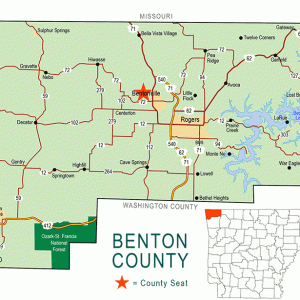 Benton County Map
Benton County Map 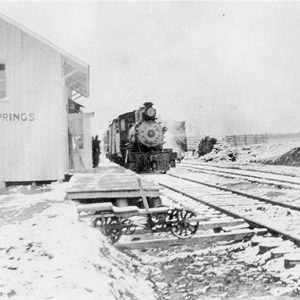 Elm Springs Depot
Elm Springs Depot 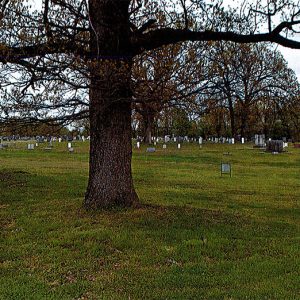 Elm Springs Cemetery Grounds
Elm Springs Cemetery Grounds 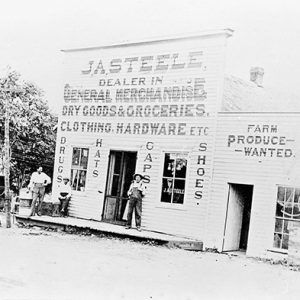 Steele Store
Steele Store 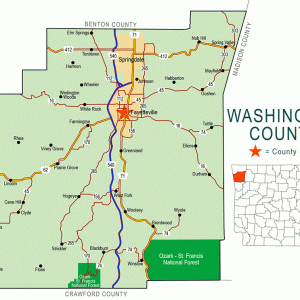 Washington County Map
Washington County Map 



Comments
No comments on this entry yet.